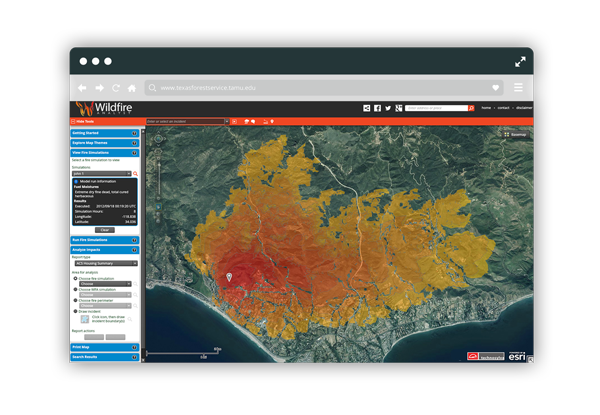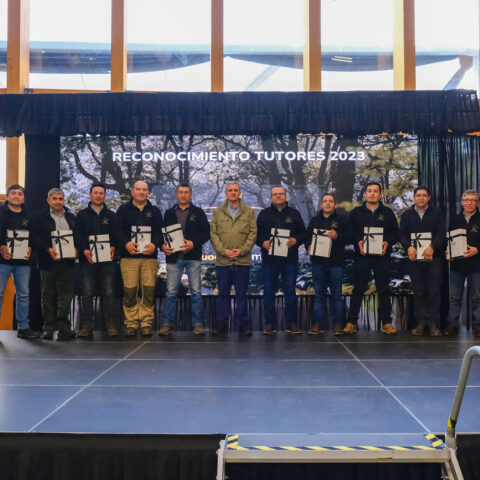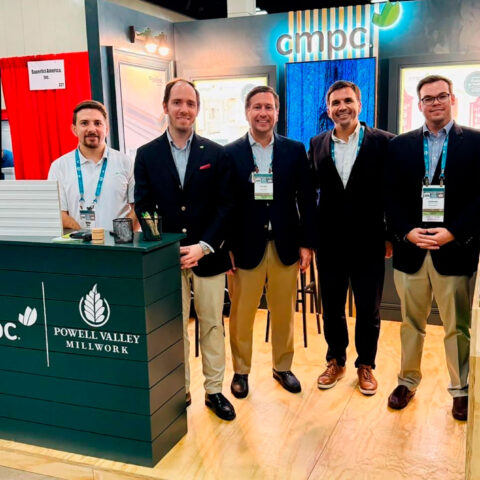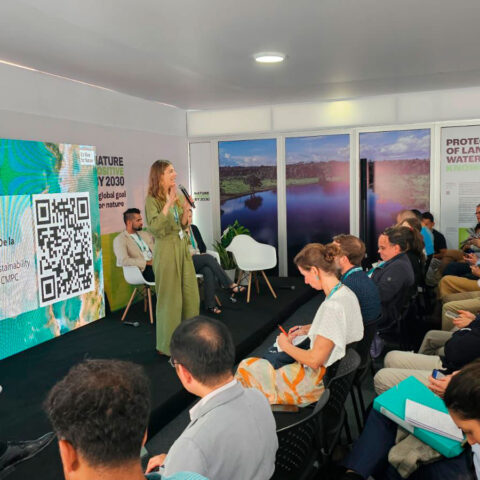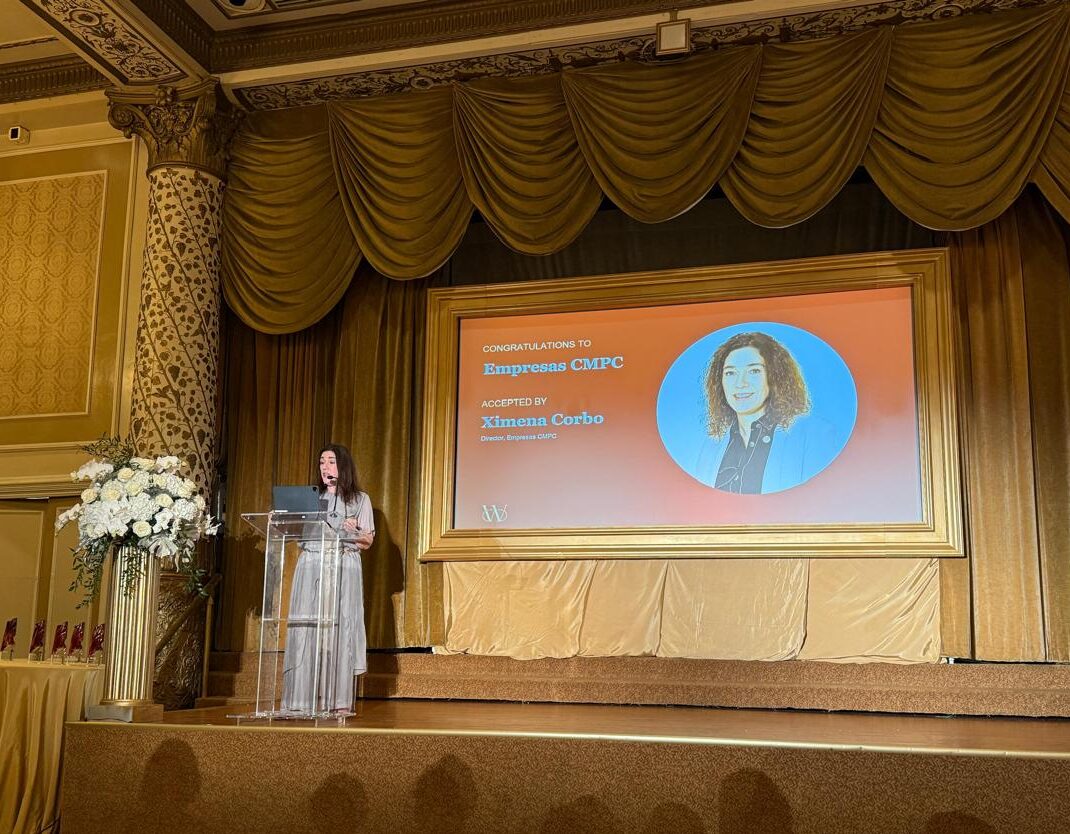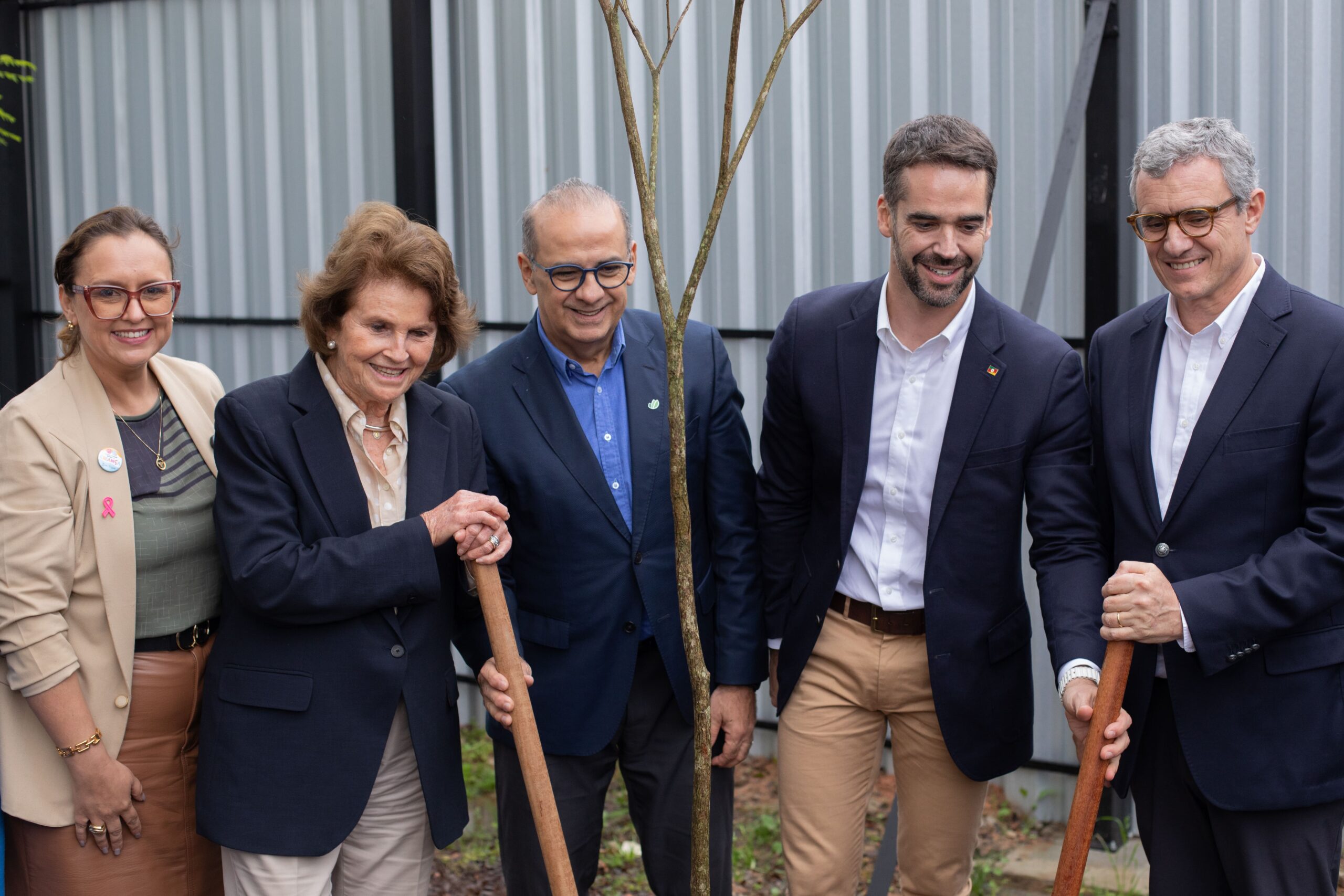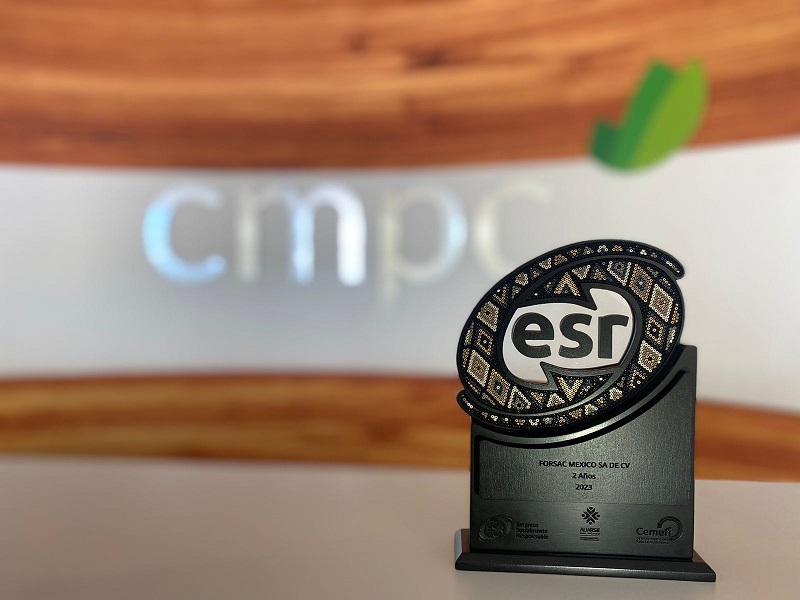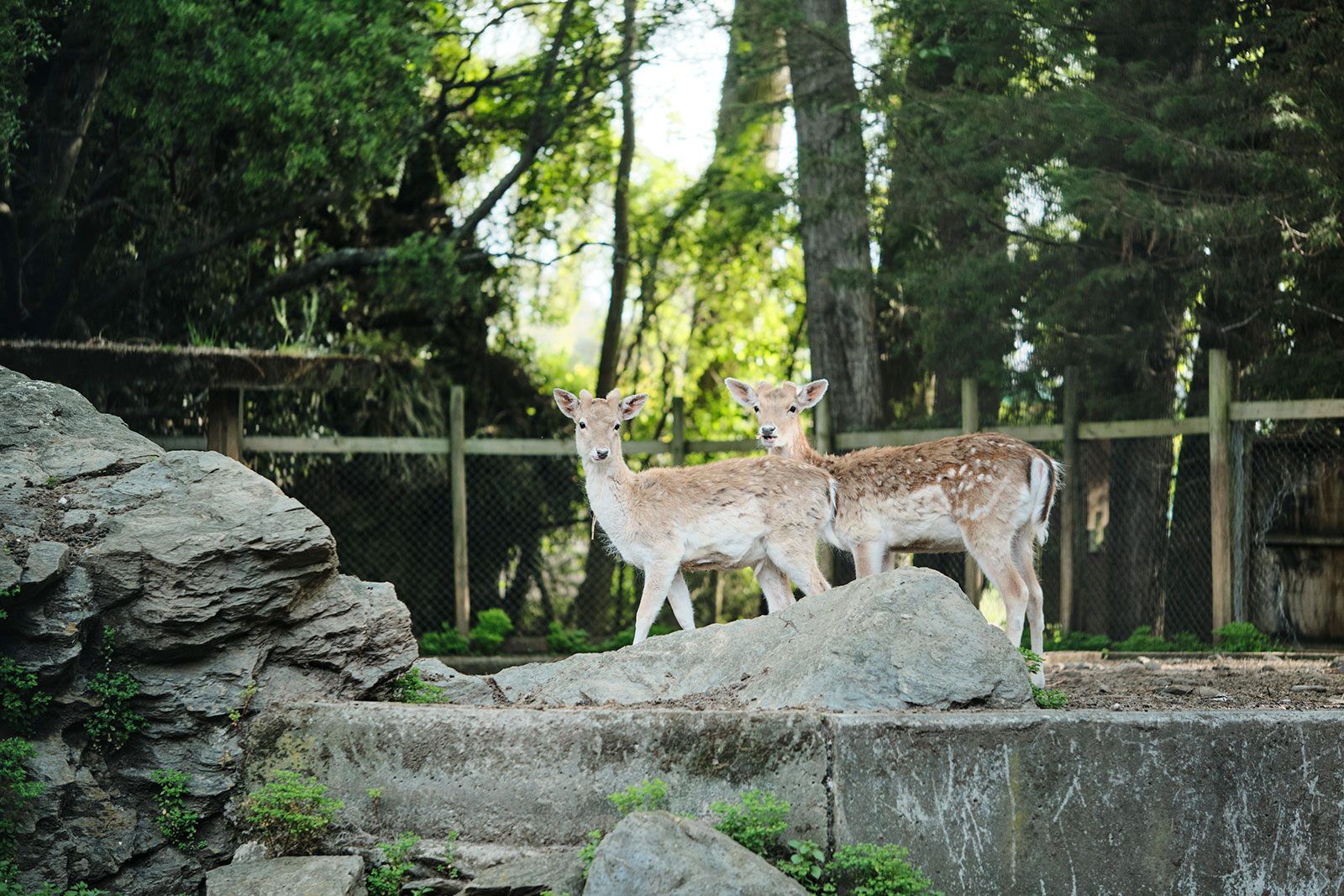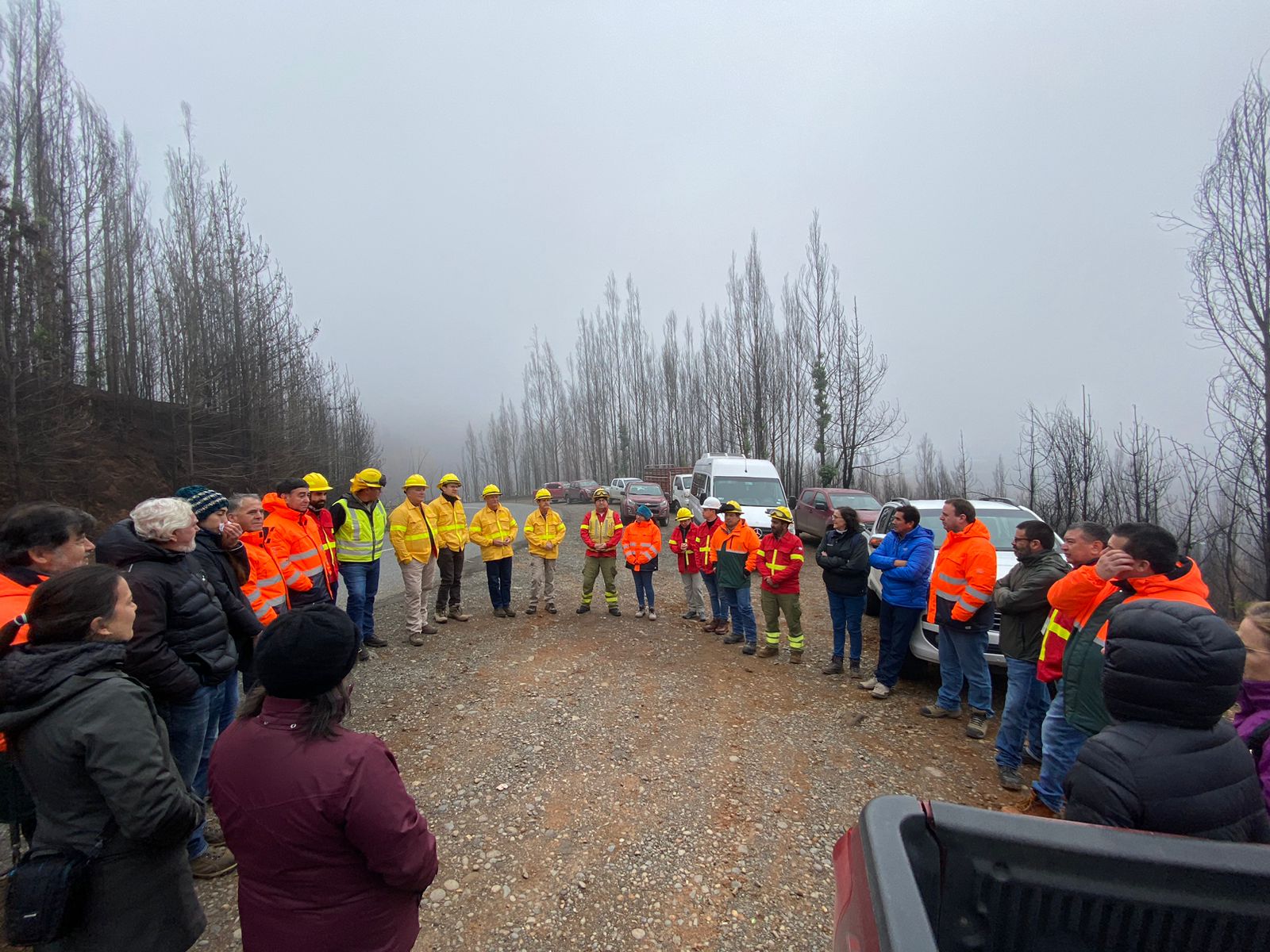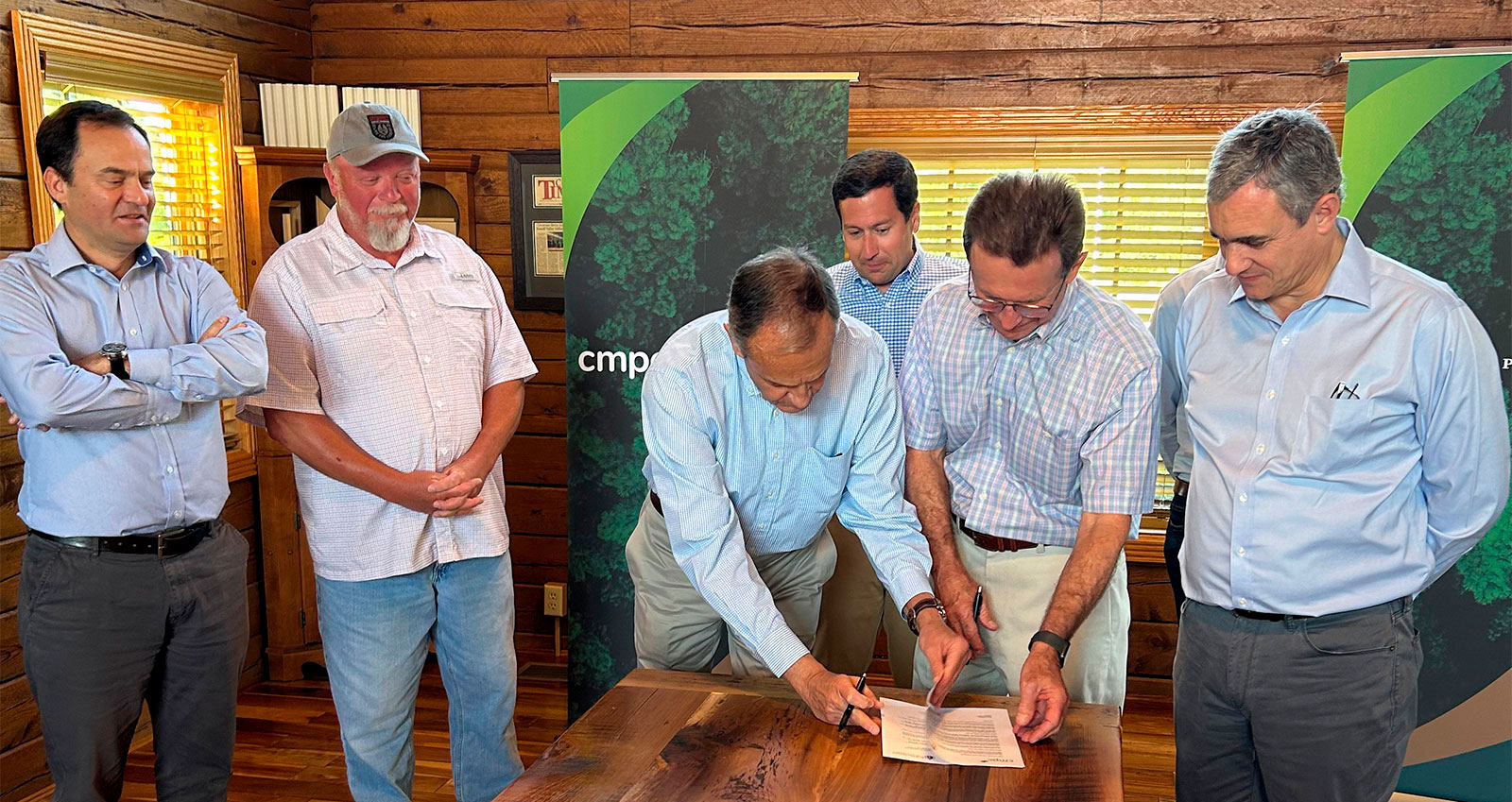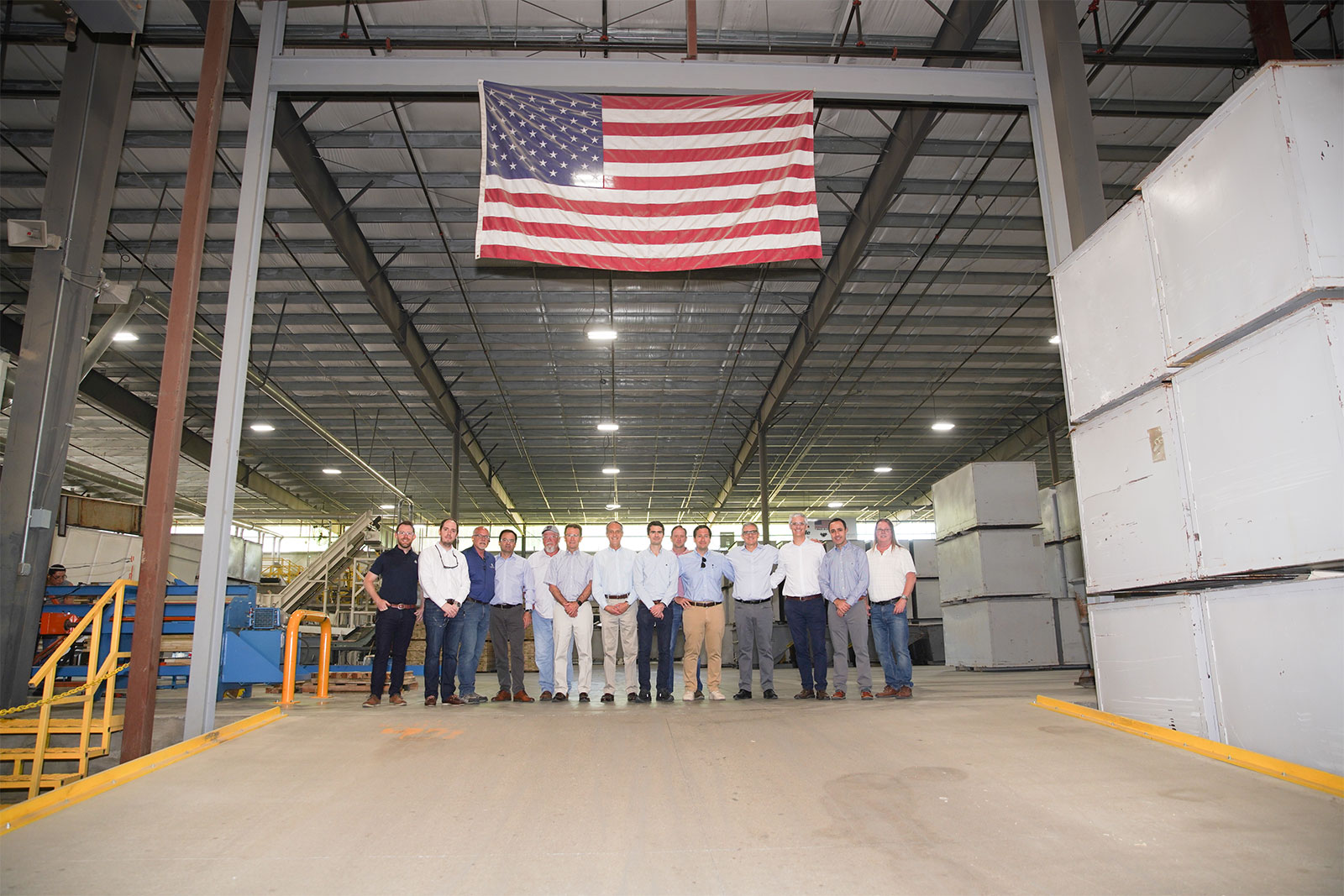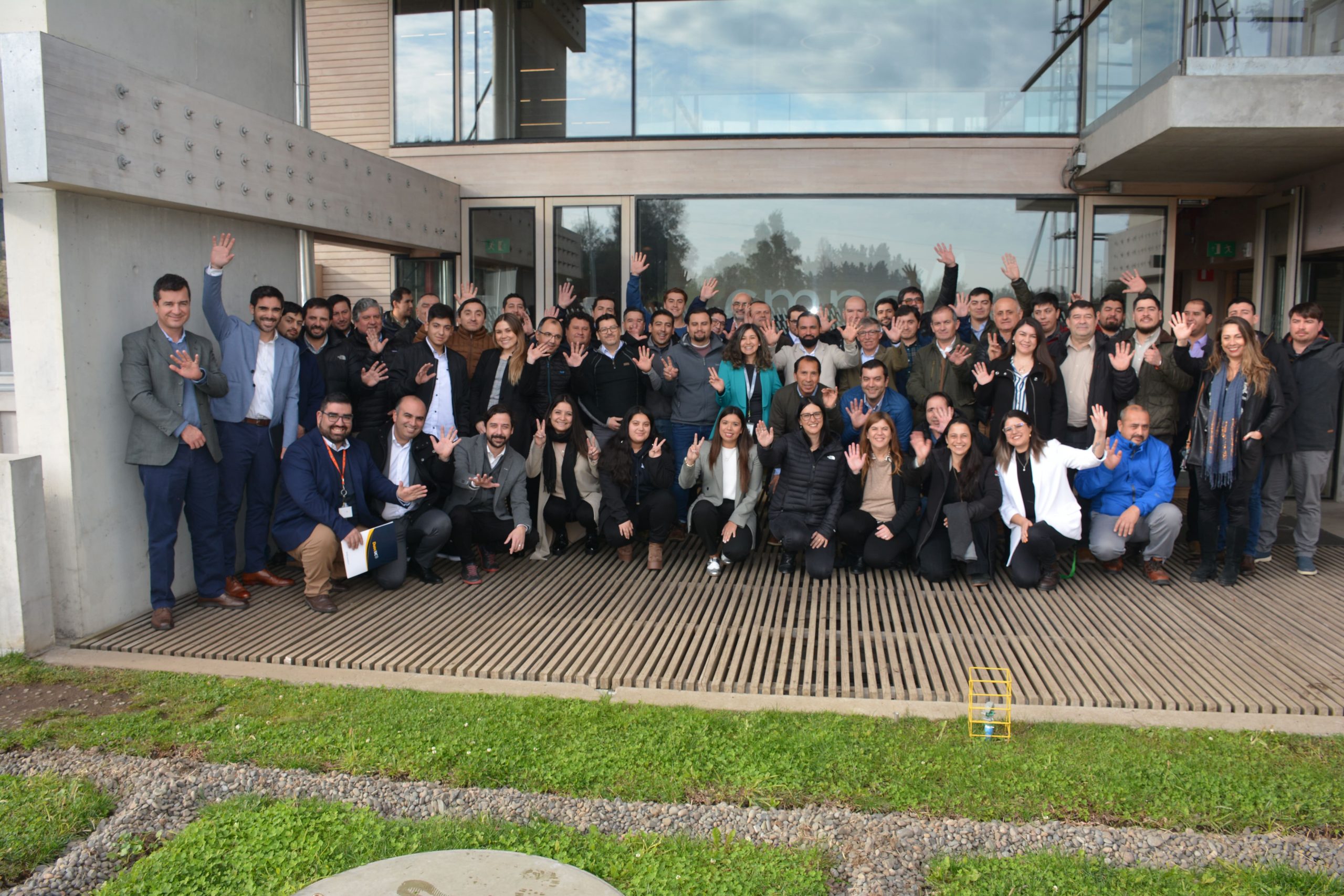
The fire affects everyone
20 de December, 2019
Jorge Figueroa, born in Angol, La Araucanía region, joined the CMPC Forest Brigade 20 years ago as a combatant. He fell in love with his work and decided to return the following year as a crew leader and after that he dedicate his life to fire fighting. Today he is Head of Unit at the Trilahue base, located in Cabrero, Biobío region, and is in charge of 110 brigade members.
He has fought more than a thousand fires along his career and with that he draws a conclusion: “This is a job in which our life depends on the team.”
Trust, companionship, discipline and logistics are essential to carry out his work and the work of the teams that he is in charge of: helicopter, tank, and land brigades, and the watchtowers. However, there is another field of forest fires that also depends on teamwork: fire prevention.
Jorge says he cares about the environment to prevent fires and firmly believes that this goal can be achieved if the community works together.
Regarding that, CMPC year after year puts all its efforts to work hand in hand with the neighbors of its properties, as well as with all those who may be affected by fires. That is why the Company has created different plans that involve the community for the care of the environment and the prevention of eventual wildfires. To learn more about those plans continue reading below.
Traiguen is green again
For four years, José Tripailao watched how the fire threatened his home and his oat and wheat plantations in the location of Traiguen, La Araucanía region in southern Chile, but the Colpi River always stopped the flames, saving him year after year.
However, in the summer of 2019 everything changed. The river was not able to stop the flames and they reached the hill in which José and his family lived.
Fortunately his house was saved, but José lost what for him was the most important: his job.
The plantations that served as food for his animals got burned, also the shelter for cows, bulls and calves. Without those sources he was not able to feed them, so he had to sell them or give them away. “We could not let them to starve”, he says.
After a year, José has been able to plant again oat and wheat. “A few months ago, there was nothing, and the first thing to grow again was grass”, he tells with hope.
Today, José and the nine families that live beside him, has the hope that Traiguen turns green again.
Santa Olga´s hope
On January 26, 2017, the fire suddenly hit Santa Olga, located in the Maule region in Chile, according to Makarena Castillo, who lived there at the time. “We always had the hope that the fire did not reach the town,” she says.
However, the flames destroyed everything in its path: houses, schools, neighborhood venues, flora and fauna.
“People believe that only material things are lost, but there are also memories, ways of life that are irreplaceable and, the most painful, is to lose animals.” Makarena, who along with her partner’s family lost their pets, found a way to heal that pain by taking in seven dogs that had no place to live after the tragedy.
“People think that only humans are traumatized after something like that, but animals get traumatized too.”
While each Santa Olga family has managed to redo their memories in different ways, as Makarena has done with her animals, CMPC has also contributed to community by helping them to resurge from the ashes.
Thus, in 2018, together with Desafío Levantemos Chile, the Company rebuilt the Santa Olga Educational Complex, a property that has a total area of 5,500 square meters and is mainly built of wood, material provided by the CMPC. The school has 1,100 students from the area.
In addition, the company built social venues such as the Rural Drinking Water Committee, and the Santa Olga Park. The park is located in a 1.5 hectare ravine that has trails, pedestrian lighting, automatic irrigation and wooden walkways, and where the community can enjoy recreational games, an amphitheater and a community garden.
The rebirth of Cholchol
It was February 2019 and Evelyn Velásquez, born and raised in Cholchol, in the region of La Araucanía, Chile, was worried about the high temperatures that affected the location, but she never thought that they would cause one of the biggest wildfires of the season and that the fire would get to her house that was located at the top of a hiil.
The living place that she and her husband David built 10 year ago and was home for both of her children was totally consumed by the fire.
“We could have lost our lives, the material things can be recovered”, concludes Evelyn.
So it was. The family of four did escape the fire, and three months later, thanks to the contribution of CMPC they received their definite house.
Evelyn´s family was not the only one. After the huge wildfire that affected La Araucanía, the company compromised and handed 22 definitive houses, 14 of them in Cholchol, 4 in Nueva Imperial and 6 in Carahue.
Today, and guided by the valuable lection they learned the last summer, she and her community have been organized to prevent possible fires. Thus, they have come together to clean weeds that could serve as fuel; they avoid waste burns in summer, between other actions. “Everyone is fighting for not going through the same again”, she assures.
The 2019-2020 wild fire season has officially started in Chile, and as year after year, CMPC provided resources (close to US$ 30 million) for combat and prevention of the fire.
Thus, the company has created three protection lines that complete the latest plan: Neighborhood Prevention, Preventive Silviculture and Use of Technology, which cover all its efforts in the protection of the company’s neighbors and all those who can see affected by fires.
Maximus and Optimus united for combat
The combat plan includes 21 aircraft and about 1,300 collaborators, which make up 73 brigades. Eight hundred people of those brigades fight the flames on the ground.
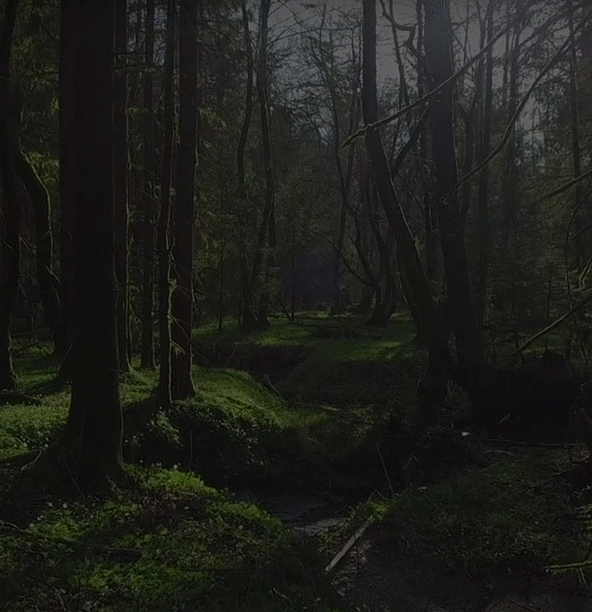
Two of the main aircraft are the Chinook “Maximus” and Super Puma “Optimus” helicopters. The first is operated by CMPC for the third consecutive year, while the second is working for the first time to help fight the fire.
The last two seasons of wild fires, there was an aircraft that was very important on firefighting: the Chinook “Maximus”, capable of mobilizing 12 tons of cargo (as combat tools) and capable of throwing 10 thousand liters of water through its “Bambi Bucket” or basket, which can be loaded in 60 to 90 seconds.
However, this year it has a new partner: the Super Puma “Optimus”, with a discharge capacity of 4 thousand liters of water, in addition to transporting a brigade of up to 12 people.
Together, the two will be operated by CMPC to quickly and effectively act against fire and thus prevent it spread and protect all people.
Working together with the community
The work with the community has become over the years the central axis of the fire program.
Thus, we have given lectures and educational workshops to students in 30 schools belonging to the neighboring communities to our properties about the benefits of the forest, flora and fauna, and care of the environment, and the impact of human actions on them. In addition, fire brigades, army members and pilots have been trained in conjunction with the National Wooden Corporation (Corma), and we have collaborated in the formation of more than 300 prevention committees formed throughout the country, destined to organize and train in self-care and in the execution of fire prevention tasks.
We have worked collaboratively with 40 Surveillance Boards formed by neighbors of our properties (regions of Biobío and La Araucanía, mainly) and we have established areas of active monitoring and surveillance especially in neighborhood interfaces, making available 80 fixed beams per day in high season and special quadrant plans of up to 250 people daily, which are activated in a situation of alert.
Preventive Silviculture: vegetation management to prevent the spread of fire
CMPC works throughout the year on ordering or eliminating living or dead vegetation and plant residues and waste to prevent a wildfire from occurring or, if it starts, to delay its spread and mitigate the damage.
This work is done in interface areas, where the rural and urban world meet.
Between 2017 and 2022, CMPC will complete in total about 12 thousand hectares of protection zones, between the Maule and La Araucanía regions.
This action will involve about 1,600 hectares in 900 interfaces and 2,764 hectares in neighborhoods of occurrence, which translates into the direct protection of 10,000 neighboring houses.
Cutting-edge technology at the service of fire prevention and combat
The latest technology fulfills a special task in the program: collaborate with the early detection of possible fires and coordinate the actions necessary for its prevention or combat.
This season, CMPC will have, as in previous years, software such as the Wildfire Analyst to analyze in real time the behavior of the fire and simulate its propagation in 1 to 6 hours or more, which allows to plan combat strategies.
High-definition infrared, thermal and automatic air cameras will operate to visualize in real time the progress of the fire. In addition, 10 satellite phones will be used by the combat brigades for its coordination in remote areas.
